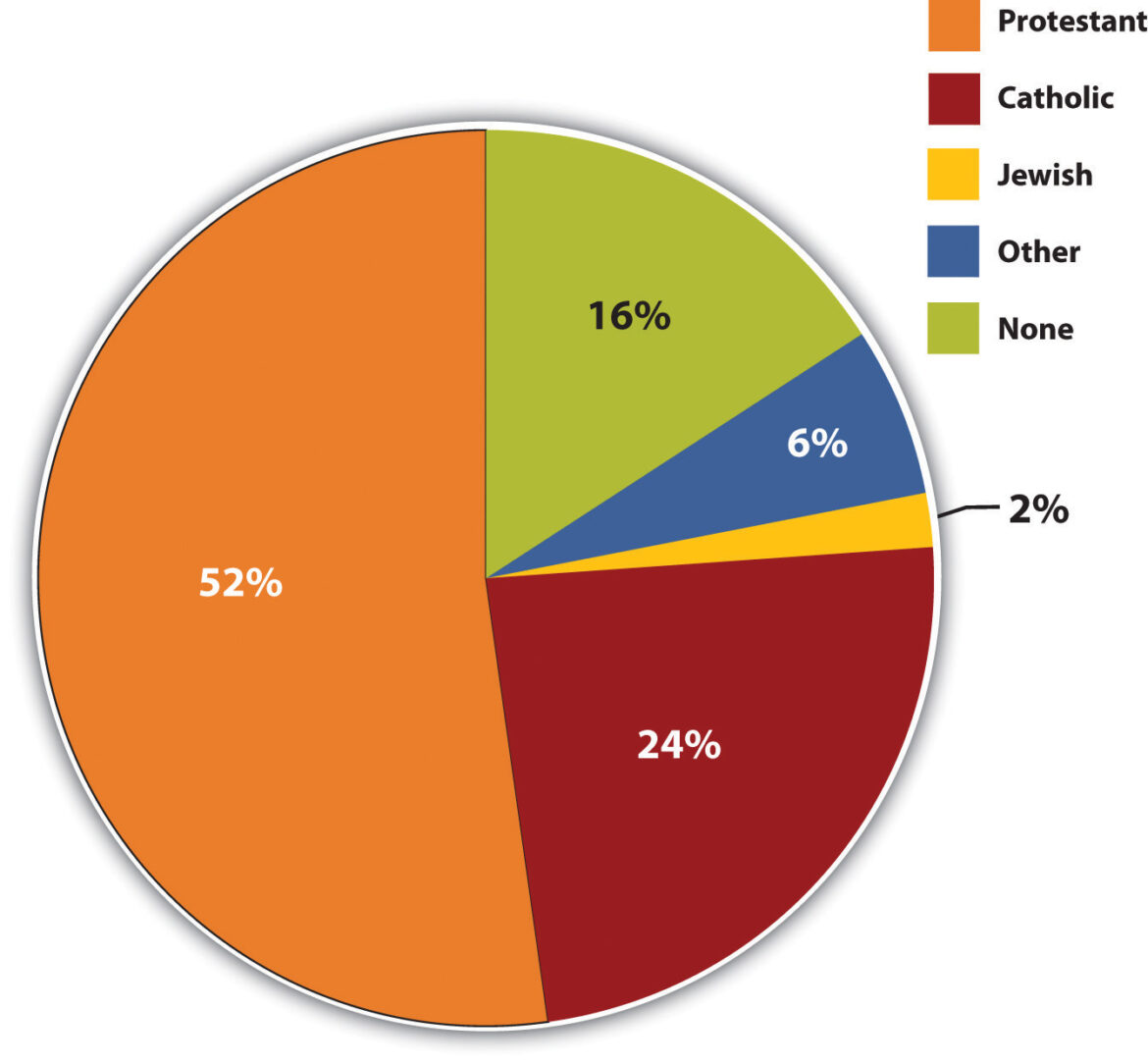In the vast landscape of contemporary culture, few realms hold as much sway over public consciousness as popular media. Within this arena, religion emerges not simply as a backdrop but as a dynamic and oftentimes contentious character, wielding influence across various platforms. The phrase “That would be an ecumenical matter,” a nod to the divisive dialogue that often adorns religious discussions, poignantly encapsulates the complicated intersection between faith and media. This exploration delves into how popular media represents religious themes, especially from a Christian perspective, while unearthing the nuances that affect both perception and understanding.
The term “ecumenical” denotes an inclusive approach to Christian unity, yet, paradoxically, popular media often amplifies fragmentation through sensationalism. Consider the myriad portrayals of Christianity in films, television shows, and literature. In many instances, these interpretations range from caricaturized depictions to deeply resonant stories that explore profound theological implications. The fluctuating public portrayal of faith often vacillates between reverence and ridicule, instilling a duality that is at once captivating and perplexing.
One cannot overlook the influential role of cinematic representations of Christianity. For example, filmmakers frequently utilize narratives that resonate with human experiences—loss, redemption, and the quest for meaning—resulting in a very tangible framework for the exploration of faith. In films such as “The Passion of the Christ,” viewers are thrust into the visceral agony and triumph of the crucifixion, elevating the story beyond mere storytelling to a visceral experience steeped in spirituality. Such portrayals invite audiences to confront their own beliefs, questioning the very fabric of their faith amidst the overarching narrative.
Television has similarly emerged as a fertile ground for religious dialogue, crafting complicated narratives that often reveal more about society than about faith itself. Series like “The Good Place” cleverly intertwine metaphysical contemplations with humor, sparking discussions about morality and the afterlife in ways that are accessible yet thought-provoking. Here lies the paradox; even with its light-hearted approach, the series proffers substantial theological quandaries, juxtaposing societal norms against deeply held beliefs. Viewers are left not simply amused but compelled to reflect upon their own convictions regarding morality and what it means to lead a virtuous life.
Yet, amidst this entertainment-oriented evangelicalism, one must grapple with the reductive elements often found in popular narratives. The sensationalist portrayal of religion as either a source of conflict or a means of salvation may either alienate individuals or strip faith of its transformative potential. Consider the ubiquitous trope of the “religious fanatic” which frequently surfaces in media portrayals. This characterization, rather than initiating dialogues, often serves to entrench stereotypes, presenting religion as a mere catalyst for division rather than a bridge for understanding. Thus, the challenge lies in transcending the superficial depictions that fail to engage with the rich tapestry of religious experience.
The world of literature provides yet another dimension through which to engage with these themes. Authors like C.S. Lewis and his beloved Chronicles of Narnia series, infused with allegory and deep theological significance, demonstrate the power of narrative to communicate profound truths about God and humanity. In contrast, modern literary portrayals can sometimes veer into nihilistic territory, questioning the very existence of faith in the face of adversity. This juxtaposition begs a critical analysis of the narrative voices that dominate the landscape—whether they evoke the soul’s search for divine connection or simply mock it. The stories we consume become critical reflections of our own spiritual journeys.
Social media represents a contemporary frontier where religious discourse flourishes in a multitude of forms. From Instagram posts that juxtapose stunning imagery with scripture to Twitter threads engaging in debates about theological interpretations, platforms serve as both a resource and a battleground. The immediacy of social media often fosters a sense of community among believers, creating spaces for support and discussion. However, it can also foster discord, with individuals utilizing such platforms to vocalize theological differences, thus mirroring the ongoing ecumenical dialogue in a digital context. Herein lies the crucial balance; thoughtful engagement can lead to growth, while careless rhetoric may exacerbate division.
As we navigate the interplay between faith and popular media, the pivotal question arises: how can Christians approach these multifaceted representations? First and foremost, discernment is paramount. Christians are called to scrutinize the portrayals and to seek deeper understanding beyond surface-level interpretations. By examining media through the lens of faith, believers can unveil messages hidden beneath layers of narrative, using that insight to foster meaningful conversations within their communities.
Moreover, the ability to engage with diverse narratives serves to enrich faith rather than diminish it. The ecumenical dialogue flourishes when Christians are willing to explore various interpretations of their tradition, leading to a more inclusive understanding of the Church’s mission. Embracing the complexity within popular media can open pathways for evangelism and community building—acknowledging that even amidst stark disagreements, the search for truth remains a unifying pursuit.
In summary, the intersection between popular media and religion, specifically Christianity, encompasses a diverse spectrum of representations that both challenge and inspire. With mindful engagement, Christians can discern the nuanced portrayals of faith in popular culture, advocating for genuine connection and understanding while simultaneously addressing the undercurrents of division. This call to unity, essential in any ecumenical matter, persistently resonates in the tapestry of our collective narrative, urging us forward in our quest for truth.



